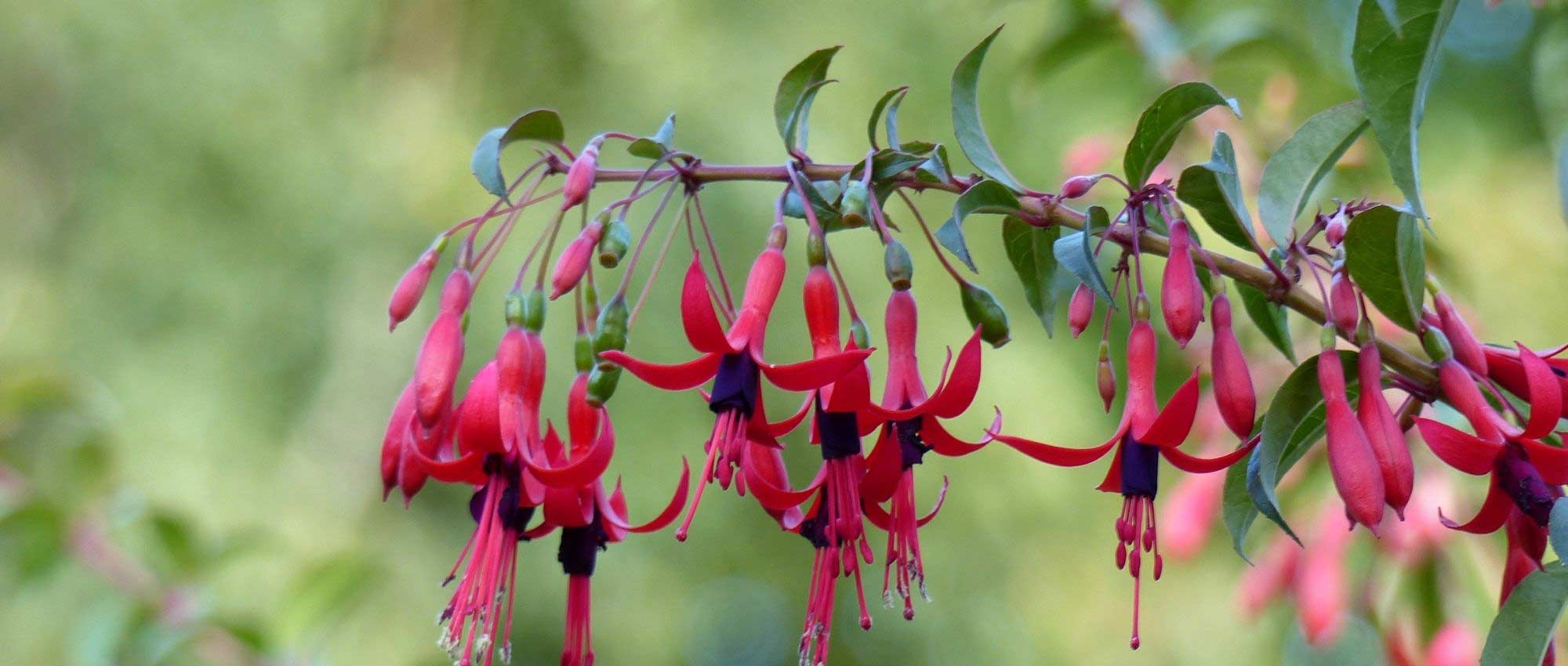
15 easy-to-propagate bushes
All our tips for multiplying them!
Contents
Propagation by cuttings is a vegetative multiplication technique that allows young plants to be started from a simple stem section (more rarely, a leaf or a root). This technique has the advantage of preserving all the characteristics of the varieties being propagated: the young plant obtained will be genetically identical to the mother plant, unlike sowing, which gives rise to cross-breeding and hybridization. Propagation by cuttings is ideal for regenerating bushes that are thinning out or for rejuvenating them. It is also a good technique for creating hedges, producing a large number of young plants of the same variety (for example with willow, boxwood, oleander…)
Discover in this guide when and how to propagate easily 15 bush species. By following our advice, success is guaranteed!
Hydrangea
Propagation by cuttings of the hydrangea takes place in summer, from August to late September.
Begin by preparing a pot with a mix of potting compost and coarse sand or vermiculite for drainage. Water to thoroughly moisten the substrate. Take the tip of a branch from a shoot of the current year, preferably lateral and not in flower, cutting to obtain a cutting 15 to 20 cm long. Make a clean cut just below a node (point where leaves attach to the stem). If the branch bears flowers, remove them, and also remove leaves on the lower two-thirds, leaving only two or three at the top. If remaining leaves are large, we recommend cutting them back by half of the lamina. This will reduce water loss through evapotranspiration and limit the risk of the cutting drying out. Dip the base of the cutting in plant hormone to encourage root development. You can then plant it in the substrate, pushing it in 1 to 2 cm deep after first making a hole with a pencil, then firm the substrate around the stem. Optionally cover the pot with a clear plastic bag or a bottle to create a humid atmosphere (propagation by cuttings in an enclosed environment). Then place your cuttings in a bright, warm spot out of direct sun, at about 15 °C.
Hydrangea cuttings take about a month to root. Place them under frost-free cover for the winter, and wait until spring to plant out in the ground.
See also our video tips :
Fuchsia
Fuchsias are rather easy to propagate and generally take root without any problem.
To multiply them, take tip cuttings in late summer, ideally in the second half of August. It is also possible to do this in spring, in May–June (herbaceous cuttings).
Start by taking a cutting about 10 cm long, from the end of a healthy, non-flowering stem. There is no need to use plant hormone for cuttings, as fuchsia roots easily. Plant in a mix of potting compost and coarse sand. Then place the cutting under cover, putting a plastic bag or a plastic bottle over the pot to maintain a humid atmosphere. Place the cutting in a bright but shaded spot, ideally at around 18°C.
Cuttings take between 20 days and a month to root. You can plant out in the garden in spring.
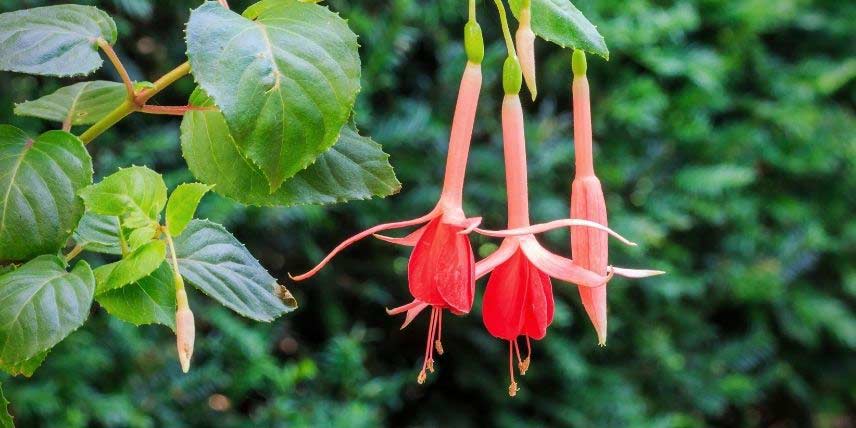
Fuchsia ‘Helena’ (photo Dominicus Johannes Bergsma)
Discover other Shrubs
View all →Available in 1 sizes
Available in 2 sizes
Available in 1 sizes
Available in 1 sizes
Available in 0 sizes
Available in 1 sizes
Available in 1 sizes
Available in 1 sizes
Available in 1 sizes
Available in 1 sizes
Oleander
Ideal time to propagate oleander is summer, in August. It is also possible to propagate it in spring, in May–June. Oleander is generally propagated in water, because this technique is particularly simple!
Take tips of this year’s branches, healthy and not flowering, and cut them into cuttings about 15 cm long. Remove most leaves, leaving only a few at the top. You can nick the base of the stem by a few millimetres, as this will encourage new root growth. Then place your cutting in a glass of water, and add a piece of charcoal to the water: this keeps water clear and prevents the cutting from rotting. Otherwise, change the water every 3 to 4 days. After about two weeks you will see roots appear at the base of the stem. Wait one to two months before planting it in a pot in a mix of potting compost and coarse sand. Make sure the potting mix remains slightly moist, especially at first: as the oleander cutting has become used to water, it will not tolerate the compost drying out. Afterwards, you can gradually reduce frequency of watering.
Wait until spring to plant it out in the ground.
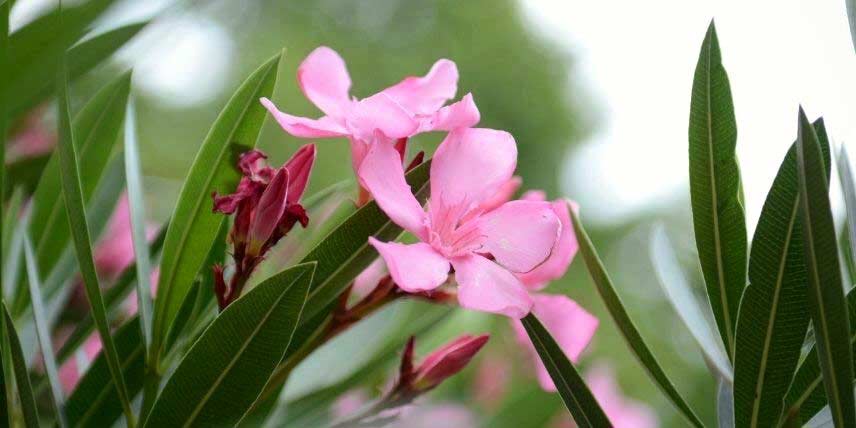
Nerium oleander
Read also
15 very easy plants to propagateWillow
Propagating willow is child’s play, as it roots very easily! People also make willow water, which can replace plant hormone for propagation by cuttings by encouraging plants to produce roots. Propagation by cuttings of willow will allow you to obtain new young plants easily, for example to form a hedge.
Best time to propagate willow is autumn to winter, between November and March, but it is also possible in spring.
Cut shoots 20 to 30 cm long, about 1 cm in diameter. Cut base of stem on the slant to increase area from which willow will produce roots. Plant shoots directly in soil in their final position! You can use this, for example, to create a hedge. However, choose a spot where soil remains relatively cool all year. Prepare and loosen soil to help cuttings to root, then plant them by inserting two-thirds of their length into soil. If planting several cuttings, space them at least 20 cm apart.
It is also possible to propagate willow in water, by simply placing a branch in a glass of water. It will produce small rootlets in a few days. Transfer to a pot as soon as roots are sufficiently developed.
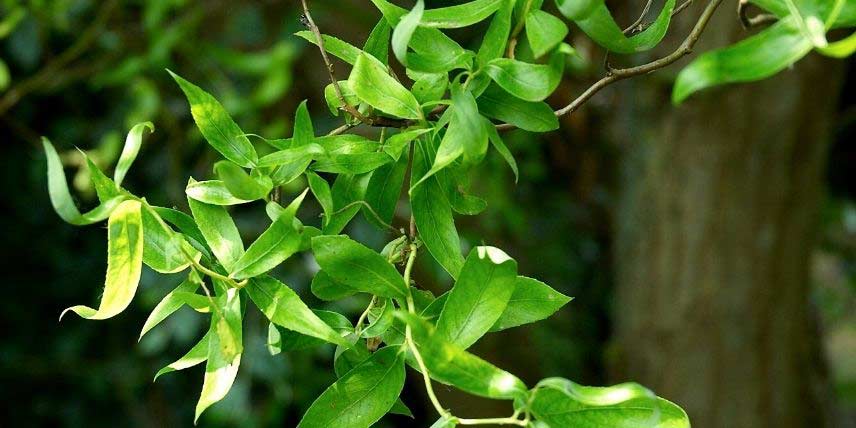
Salix matsudana ‘Tortuosa’
Buddleia
Buddleia is a bush that grows unaided, self-seeds and is also very easy to propagate by cuttings!
Take cuttings at end of summer, in August and September. Take a cutting about 15 cm long from current-year shoots. You can make a standard cutting or a heel cutting (keeping a small section of the branch from which it was inserted). Keep only two or three leaves at the top and remove lower leaves. If the stem bears flowers, remove them. Cut base of the cutting on a slant just below an eye to increase surface area from which it can produce roots. Then dip base of the stem in plant hormone used for propagation by cuttings. This step is optional but encourages root formation. Plant by inserting the stem 5–6 cm into the substrate (mix of potting compost and coarse sand). Place the cutting in a humid, sheltered environment by covering the pot with a cloche, a bottle or a clear plastic bag. Also ensure substrate remains slightly moist. Roots appear in about two months.
For more information and advice, discover our guide to propagation by cuttings of Buddleia!
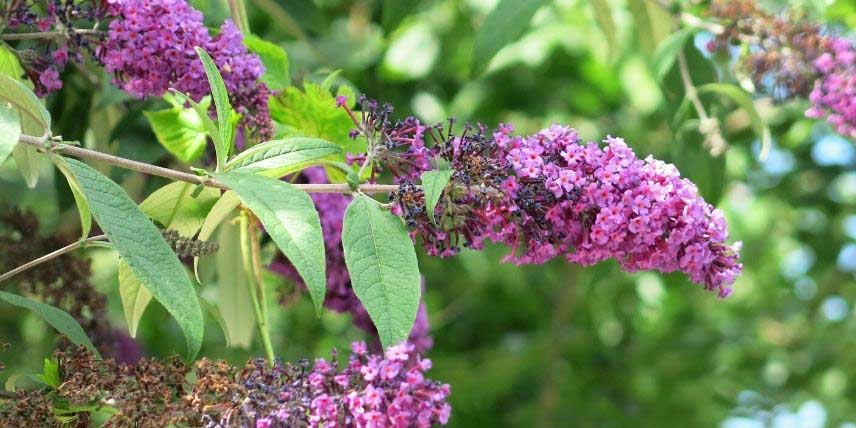
Buddleia davidii
Rosemary
Rosemary is best propagated after flowering, in summer, from mid‑July.
Prepare a pot with a mix of potting compost and coarse sand, then water so substrate is moist. Take a stem about 10 cm long from a current‑year shoot. Remove leaves on the lower half of the cutting. Make a small hole in the substrate using a stick or pencil. Then plant the cuttings in the pot, burying them about 5 cm deep. Place a cloche or a cut plastic bottle over the pot to keep the cutting in a humid, sealed environment. Rosemary cuttings take about a month to root.
Next spring, you can plant cuttings in open ground.
Rosemary can also be propagated in water, by simply placing stems in a glass of water.
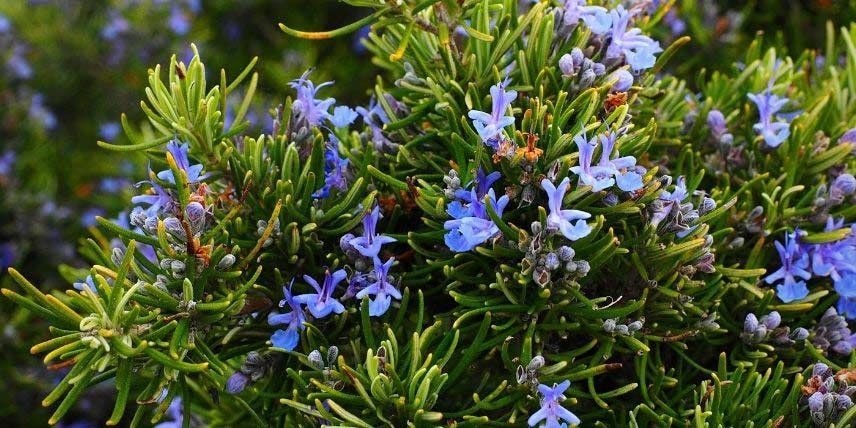
Rosmarinus officinalis ‘Prostratus’
Boxwood
Propagation by cuttings is the most effective technique for obtaining new young plants of boxwood. It is carried out in late winter (February–March) or late summer (September).
Cut branches measuring 10 to 15 cm in length, taken from tips of branches. Cut base just below a node, and trim top of stem slightly. Remove leaves from base of stem, keeping only 5 or 6 at top. Then dip base of stem in plant hormone for cuttings. Fill a pot with a substrate for sowing and propagation by cuttings, or with a mix of potting compost and coarse sand, then water. Make a small hole using a pencil or stick, then plant your cutting, burying it three quarters of its length. Firm compost around stem to ensure good contact with potting compost. Boxwood takes time to root but failures are rare. If you propagate by cuttings in spring, you can pot on rooted cuttings at end of summer. However, if you do them in September, you can plant them in their final position the following spring.
Finally, you can also plant your boxwood cuttings directly in open ground after loosening the soil.
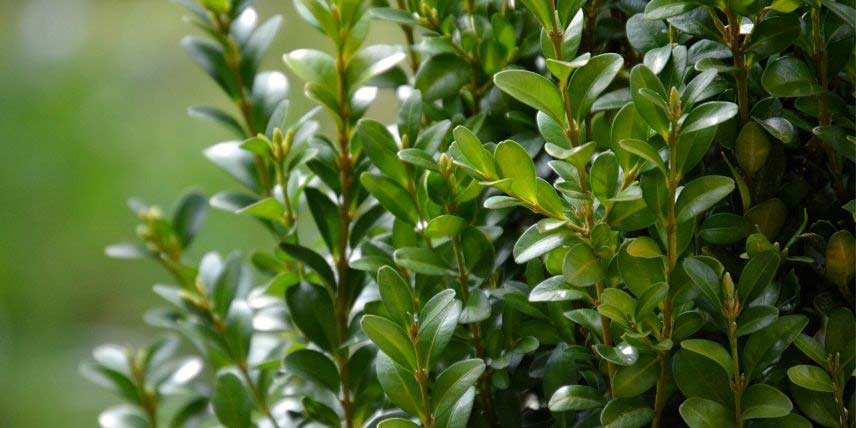
Buxus sempervirens
Abutilon
The best times to propagate abutilon are spring (herbaceous cuttings) and late summer, around August (semi-woody cuttings).
Cut a branch 10 to 15 cm long. Trim the base on a slant, just below a node, and remove most leaves, leaving only two or three at the top of the stem. Plant in a mix of potting compost and sand, then water. Place the cutting in a humid, enclosed environment by covering the pot with a clear plastic bag or a cut bottle. After about a month, your cutting will have developed new roots. Keep it protected from frost over winter, and plant out in spring. Roots appear after about one month.
It is also possible to propagate abutilon in water, then pot it once it has produced new roots.
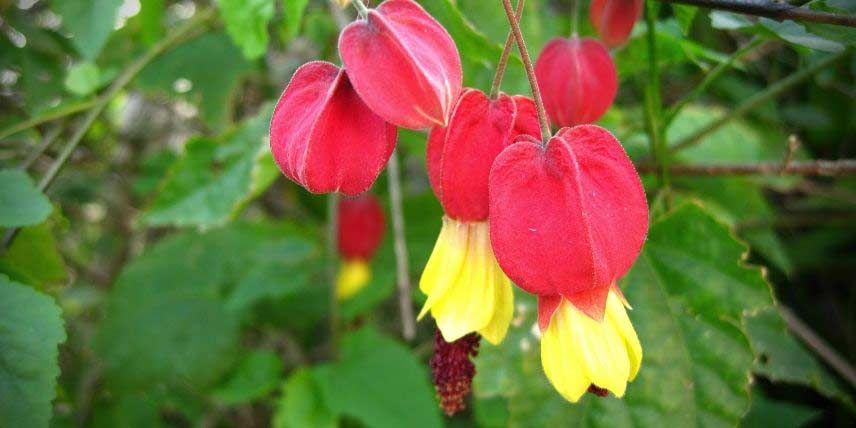
Abutilon megapotamicum
Spirea
Spirea is propagated by cuttings in spring or in late summer (August–September).
Take a stem at least 10 cm long. Incise the base of the cutting, as this will encourage the development of new roots. Leave only three or four leaves at the top of the cutting and remove the others. Plant in a mixture of potting compost and coarse sand, firm the mix around the stem, then place the pot in a shaded but bright spot. Ensure the substrate remains slightly moist until the cutting takes root. You can then pot it on into a slightly larger pot and plant it out in the garden the following autumn.
Spirea has the advantage of growing fairly quickly and being very easy to grow.
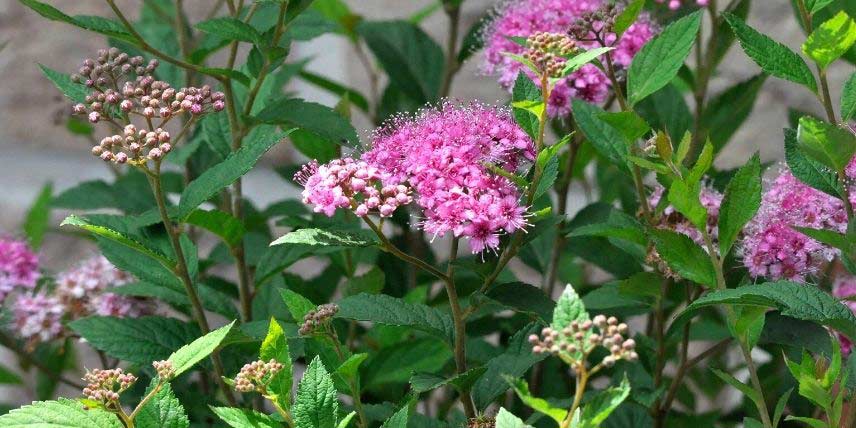
Spiraea japonica ‘Nana’ (photo Paul Hermans)
Deutzia
For Deutzia, semi-ripe stem cuttings are taken at the end of summer.
Cut a stem about 15 cm long, semi-ripe, cutting just below a node. Remove leaves leaving only two or three at the top of the cutting. Pot in seed and propagation by cuttings compost, or in a mix of compost and sand, inserting them at least 5 cm deep. You can cover the cutting to retain humidity by placing a cut bottle over the pot. Place cuttings in a bright but shaded spot, and keep the substrate regularly moist.
Deutzia cuttings establish fairly quickly; roots appear within a few weeks. Plant them out in the garden in autumn if rooting is sufficient, or the following spring.
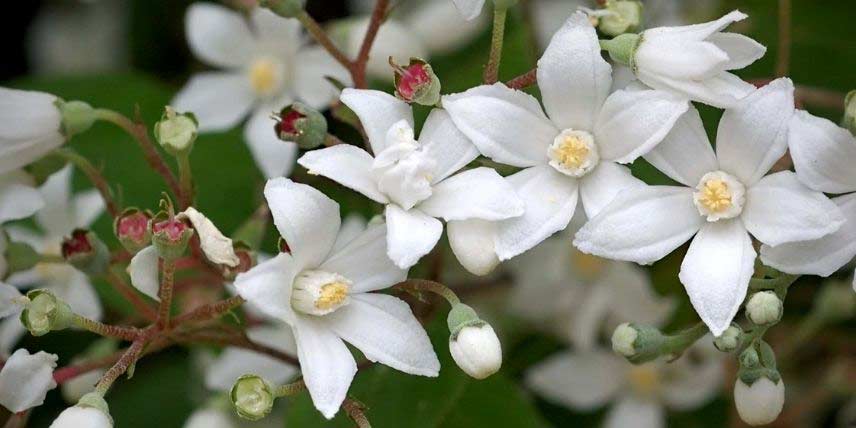
Deutzia setchuenensis ‘Corymbiflora’
Rock Rose
For the rockrose, make heel or crossette cuttings in summer, around mid‑August.
Take a semi‑ripe branch 10–15 cm long with at least three nodes. Cut it, leaving a small section of the branch on which it is inserted. Leave just two to three leaves at the top of the cutting. Then plant into an equal‑parts mix of potting compost and sand, firming the mix around the stem. Next, keep the cutting covered to maintain a very humid atmosphere. Place the pot in a bright spot without direct sun, ideally at a temperature between 15 and 20 °C.
Roots appear within a few weeks. Pot on your rooted cuttings the following spring.
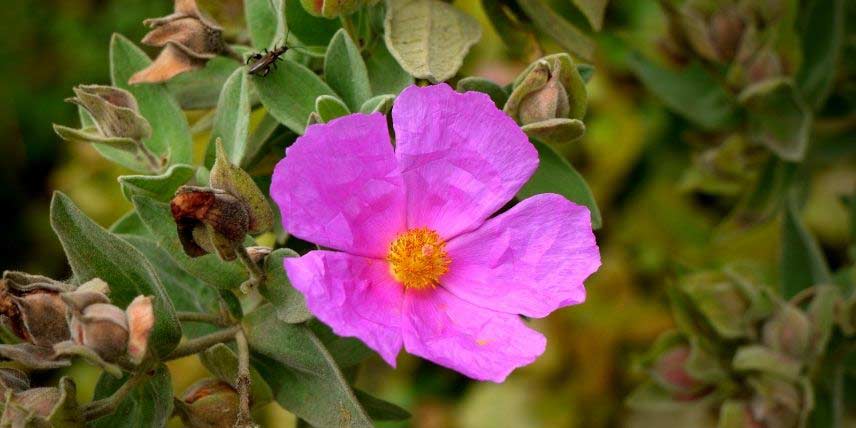
Cistus albidus (photo Fabricio Cardenas)
Shrubby salvias
Bushy sages, notably species Salvia microphylla, are particularly easy to propagate! They root readily.
Take cuttings between August and October. Start by taking a non‑flowering stem 10 to 15 cm long. Keep only a few leaves at the top of the cutting and remove the others: this limits water loss through evapotranspiration and prevents the cutting from drying out. You can then plant it in a previously moistened mix of potting compost and sand, then place the cutting under cover. Bushy sages take about a month to root.
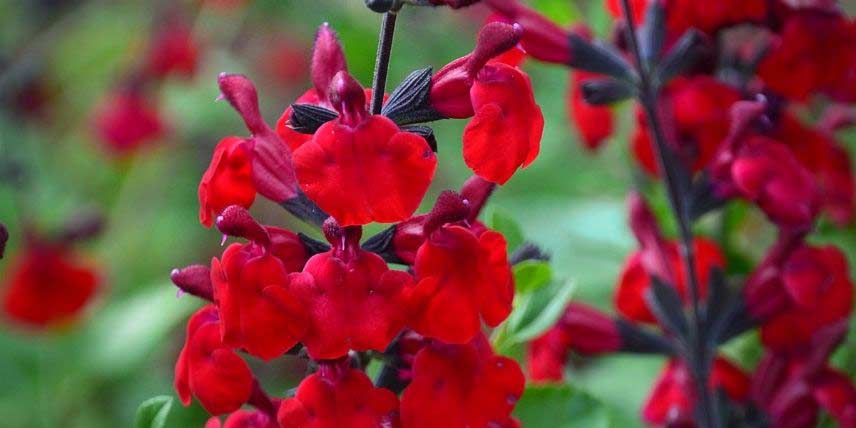
Salvia microphylla ‘Reve Rouge’
Kolkwitzia
Propagation by cuttings is the best technique to multiply Kolkwitzia, sowing does not give good results.
Take semi-ripe cuttings from mid-July until early September.
Take a shoot about ten centimetres long, preferably with a fragment of the branch on which it was inserted (heel cutting). Remove leaves from the lower two thirds of the cutting, then dip the base of the stem in plant hormone. Insert it so that 6–7 cm of its length is buried in a pot filled with a mixture of potting compost and sand. You can then keep the cutting under cover by placing a cut bottle over the pot to maintain a humid atmosphere. Rooting takes a few weeks. In autumn, separate your rooted cuttings, pot them individually and keep them under cover for winter. Finally plant them out in spring.
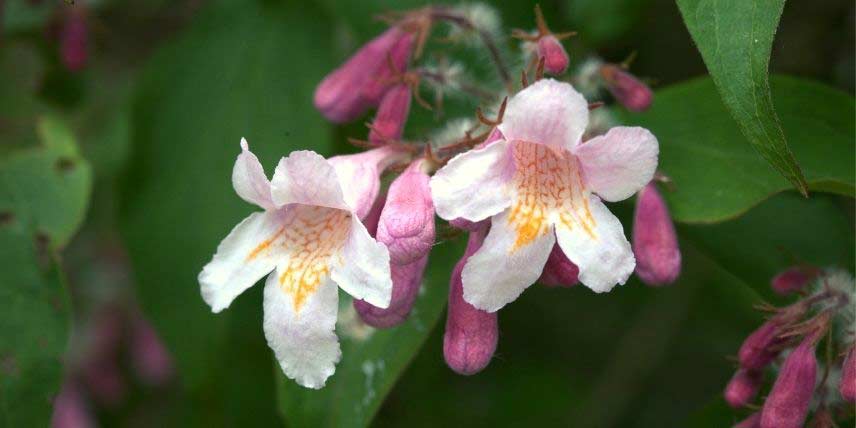
Kolkwitzia amabilis (photo Averater)
Sambucus
For elder, heel cuttings are taken in autumn (October–November).
Take a current-year branch about 15 cm long, with a heel at its base: a fragment of the shoot to which it was attached. Remove most leaves, keeping only the two highest leaves on the stem. If leaves are large, cut their lamina in half. Plant in a mix of potting compost and sand, burying stem 2–3 cm. Place a cut plastic bottle or clear plastic bag over the pot to enclose the cutting and maintain a humidity-saturated atmosphere. Then place pot outdoors in shade.
Elder roots very easily. Repot in spring and plant out in ground the following autumn.
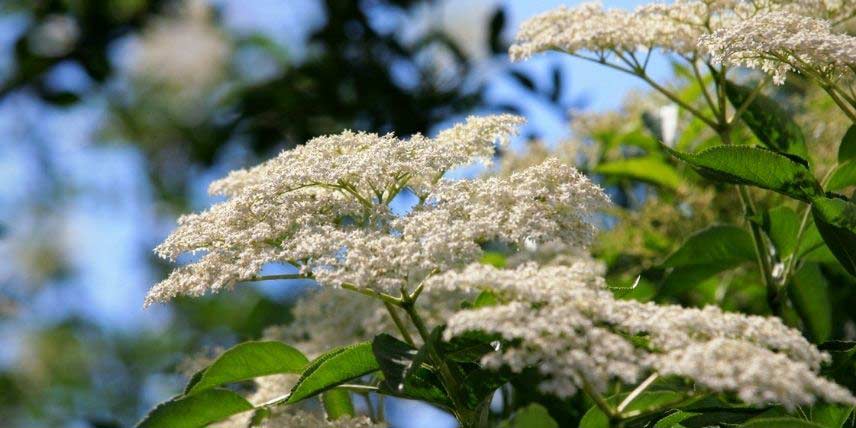
Sambucus nigra (photo JeLuF)
mock orange
Propagate mock orange preferably in August or September, although it is also possible to do so in winter, up to February (hardwood cuttings, after leaf fall).
Take a 20 to 30 cm long shoot. You can trim the top of the stem, cutting above a node. Dip the base of the stem in plant hormone for propagation by cuttings, then pot up in a mixture of potting compost and sand, pre‑moistened, burying the cutting to at least half its length. Place the pot in a bright, lightly shaded spot and ensure the compost remains slightly moist. Keep the pot under cover for winter, then plant out in the ground in autumn.
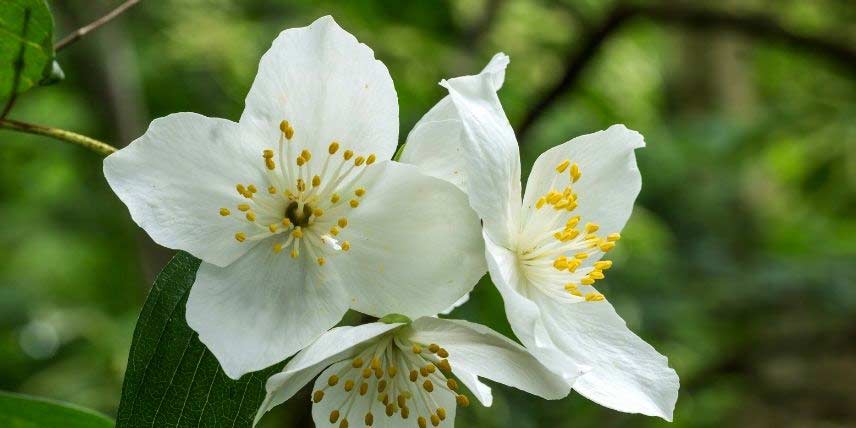
Philadelphus microphyllus (photo Dominicus Johannes Bergsma)
Find out more
Discover:
- our comprehensive factsheet on propagation by cuttings with explanatory diagrams
- our video and Olivier’s tips to successfully propagate your hardwood cuttings
- our selection of 15 perennial plants that are very easy to propagate
- 15 perennial plants easy to propagate
- 7 climbing plants easy to propagate
- Subscribe!
- Contents
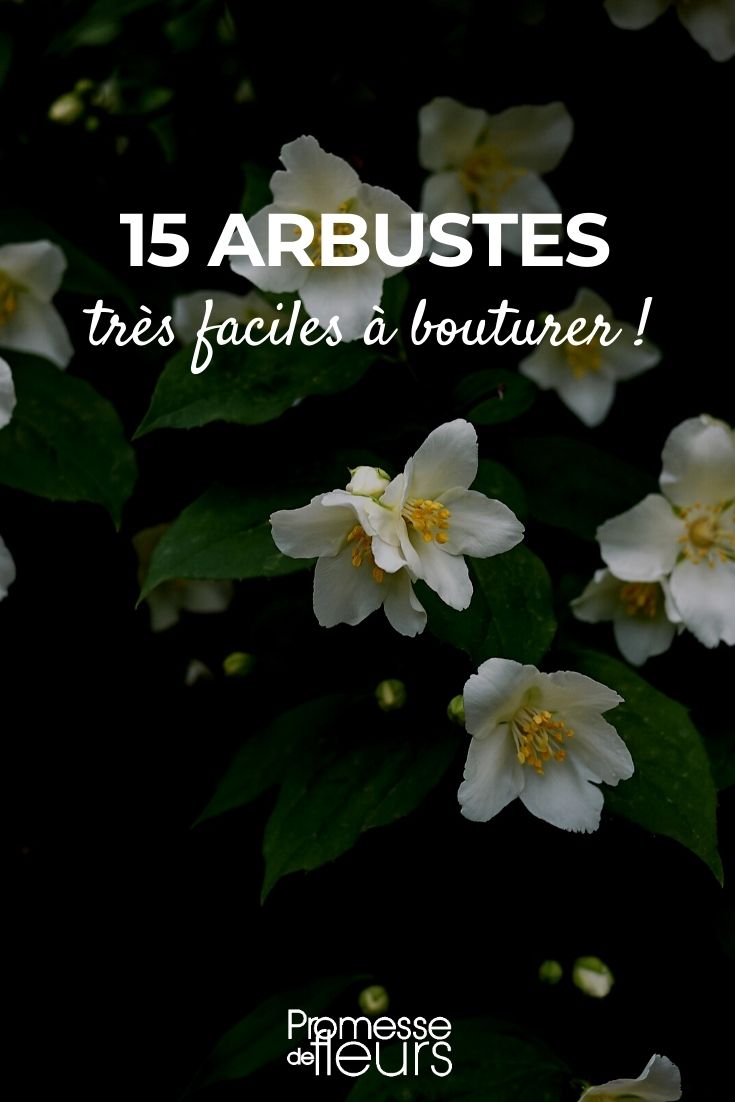































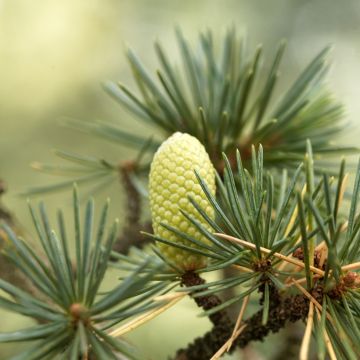
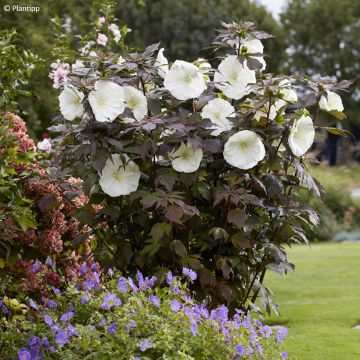
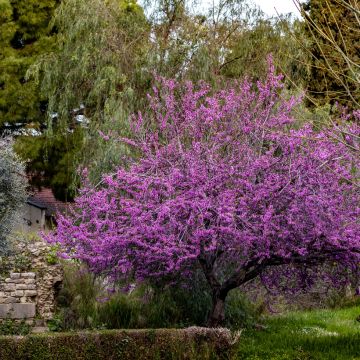
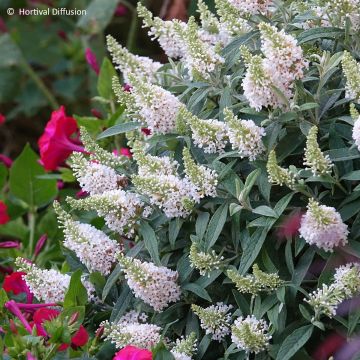
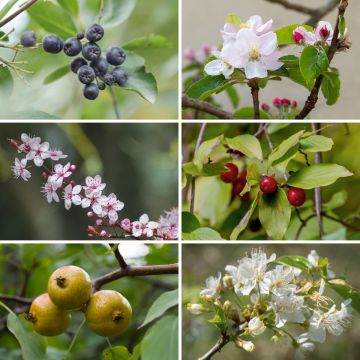
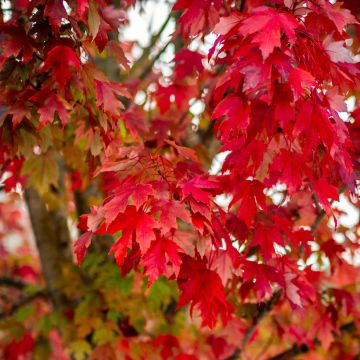
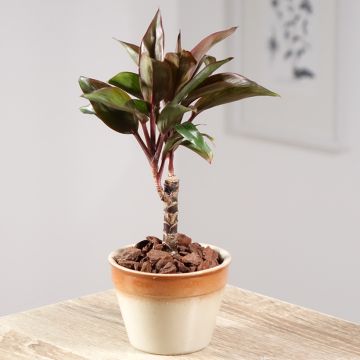
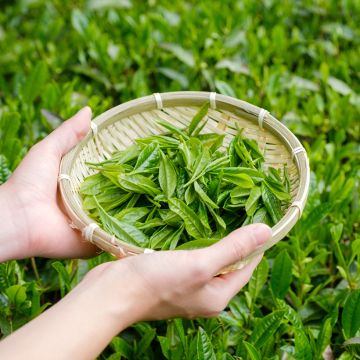
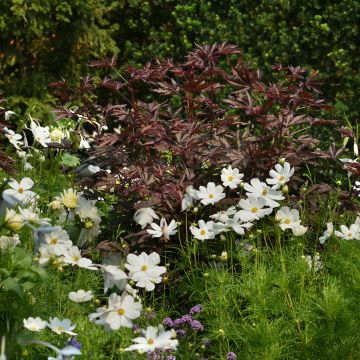
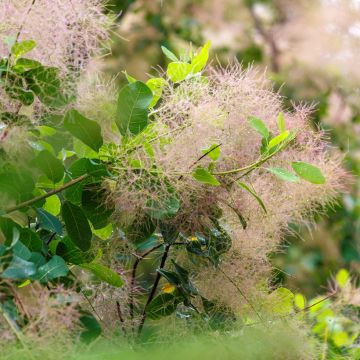
Comments